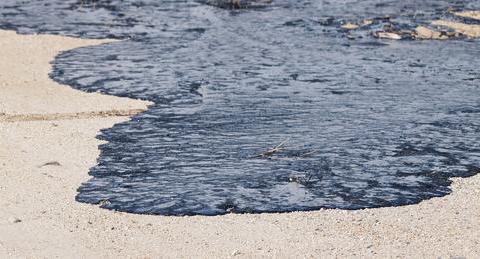Canada’s Oil Sands: Disaster or Opportunity?

What’s the Latest Development?
Thanks to stores of crude oil mixed with sand and clay in its Alberta region, Canada sits just behind Saudi Arabia on the list of the world’s oil-richest countries. “The Canadian Association of Petroleum Producers estimates that production, now 1.7 million barrels a day, could nearly double by 2020, enough to supply nearly 20 percent of U.S. oil consumption. With that, the oil sands would be producing more than Venezuela, Nigeria, Iraq or Kuwait.” Construction of the oil pipeline known as Keystone XL, which would reach from Alberta to oil refineries in Texas, has been halted due to environmental concerns.
What’s the Big Idea?
Some say that importing oil from Canada’s vast fields of muck would provide the US with more energy independence, a national objective which has stood always just beyond the horizon. But security concerns must be weighed against environmental worries, which are especially present in the energy-intensive methods of extracting oil from Canada’s sand and clay. “No one who is serious about fighting climate change can want to see that oil out of the ground and into the air,” said Bill McKibben, a Middlebury College professor who has been a leading voice against the pipeline.
Photo credit: Shutterstock.com





